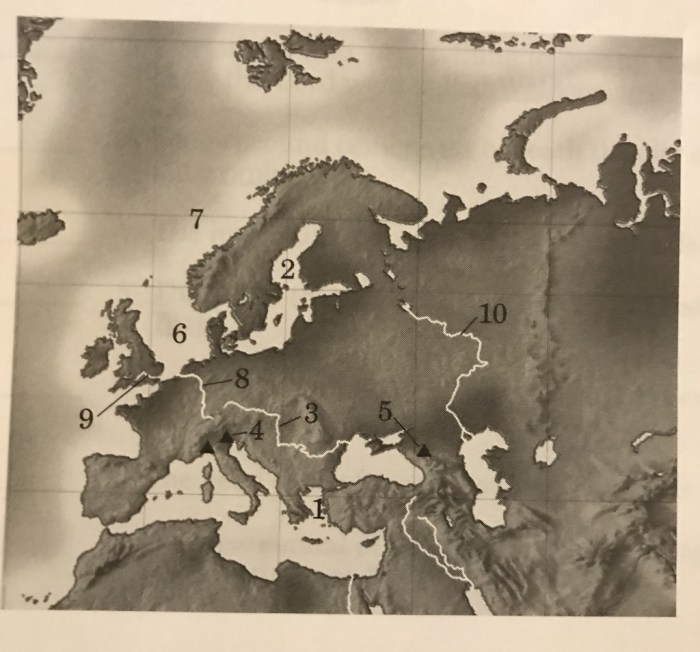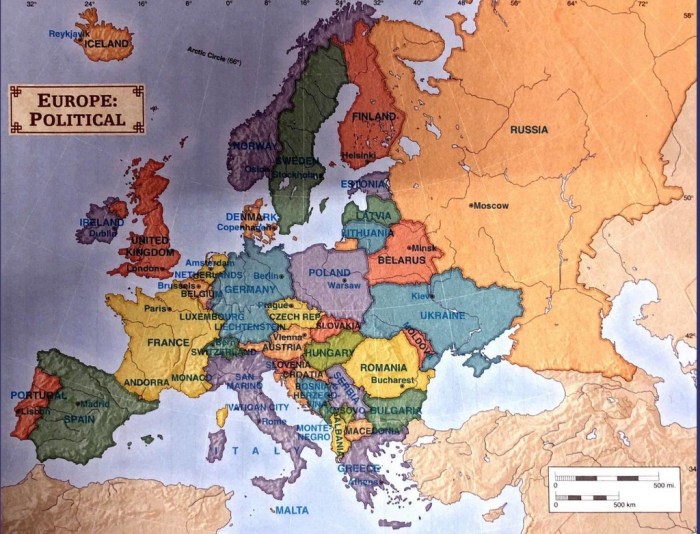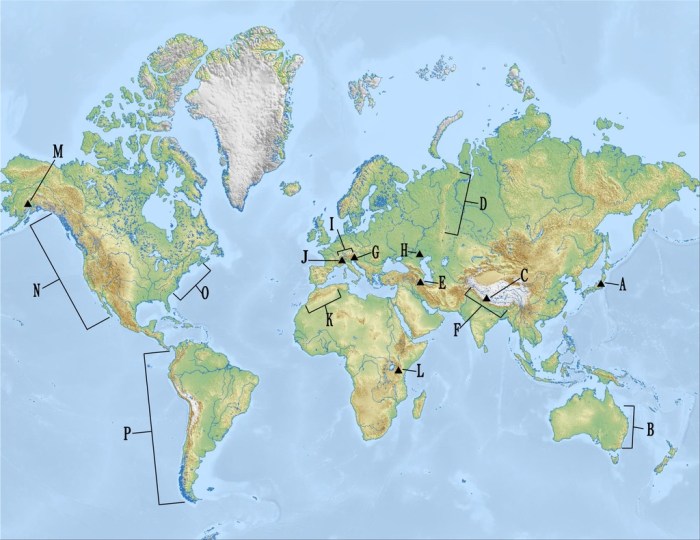Abeka History of the World sets the stage for this enthralling narrative, offering readers a glimpse into a story that is rich in detail and brimming with originality from the outset. The program delves into the tapestry of human civilization, unraveling the intricate threads that have shaped our world.
Abeka History of the World is a comprehensive curriculum designed to ignite a passion for history in students of all ages. Its unique approach combines rigorous academic content with a biblical worldview, fostering a deeper understanding of the past and its relevance to the present.
Overview of Abeka History of the World

Abeka History of the World is a comprehensive history curriculum designed to provide students with a chronological overview of world history from ancient civilizations to the modern era. It aims to foster a deep understanding of historical events, cultures, and their impact on the present.
The program is primarily targeted at Christian homeschool students and aligns with a biblical worldview. It emphasizes the role of God in history and explores the Christian faith’s influence on global events. Abeka History of the World employs a multidisciplinary approach, incorporating geography, literature, and art to enhance students’ learning experience.
Key Themes and Historical Periods Covered
Abeka History of the World covers a vast range of historical periods, including:
- Ancient Civilizations (Mesopotamia, Egypt, Greece, Rome)
- Middle Ages (Europe, Asia, Africa)
- Renaissance and Reformation
- Age of Exploration
- 18th and 19th Centuries (Enlightenment, American Revolution, Industrial Revolution)
- 20th and 21st Centuries (World Wars, Cold War, Modern Era)
Throughout the curriculum, students explore themes such as the rise and fall of empires, the development of technology, the impact of religion, and the interconnectedness of global events.
Curriculum Structure and Content

The Abeka History of the World curriculum is structured into a chronological framework, covering major historical events and civilizations from ancient times to the present day. It is organized into units and modules, with each unit focusing on a specific time period or region.
Each unit is further divided into lessons, which cover specific topics and events. Lessons include readings, activities, and assessments to reinforce learning. The curriculum also incorporates multimedia resources, such as videos, maps, and timelines, to enhance student engagement and understanding.
Unit Structure, Abeka history of the world
The Abeka History of the World curriculum is divided into the following units:
- Ancient Civilizations
- The Middle Ages
- The Renaissance and Reformation
- The Age of Exploration
- The 19th Century
- The 20th Century
- The 21st Century
li>The American Revolution
Each unit covers a specific time period or region, providing students with a comprehensive understanding of the major events and civilizations that shaped world history.
Module Structure
Within each unit, the Abeka History of the World curriculum is further divided into modules. Modules focus on specific topics or themes within the broader time period covered by the unit. For example, the Ancient Civilizations unit includes modules on Mesopotamia, Egypt, Greece, and Rome.
Lesson Structure
Lessons within each module cover specific topics and events. Lessons typically include the following components:
- Readings: Readings provide students with background information on the topic being studied.
- Activities: Activities reinforce learning and allow students to apply their knowledge in a practical way.
- Assessments: Assessments evaluate student understanding of the material covered in the lesson.
The Abeka History of the World curriculum is designed to provide students with a comprehensive and engaging learning experience. Its chronological structure, unit and module organization, and lesson-based approach ensure that students develop a deep understanding of world history.
Pedagogical Approach
Abeka History of the World employs a multi-faceted pedagogical approach that fosters critical thinking, historical understanding, and biblical integration.
The curriculum emphasizes the use of primary and secondary sources, allowing students to engage directly with historical documents and perspectives. By analyzing original accounts, students develop a deeper understanding of past events and the biases and motivations of historical actors.
The Abeka History of the World provides a comprehensive overview of human history. Its engaging narrative and clear organization make it an enjoyable read. However, for those who find history assignments daunting, no me gusta hacer tareas . Fortunately, the Abeka History of the World includes helpful study aids that can alleviate some of the stress associated with homework.
Integration of Biblical Principles and Christian Worldview
Abeka History of the World is grounded in a Christian worldview, providing a framework for interpreting historical events and understanding the role of God in human history. The curriculum integrates biblical principles into historical narratives, exploring the moral, spiritual, and cultural implications of past events.
This approach aims to cultivate a holistic understanding of history, connecting past events to present-day values and beliefs.
Student Resources and Activities: Abeka History Of The World

Abeka History of the World provides a range of student resources to enhance learning and engagement. These include:
-
-*Interactive Textbook
An interactive online textbook with multimedia content, maps, timelines, and other learning tools.
-*Teacher’s Edition
A comprehensive guide for teachers with lesson plans, discussion questions, and additional resources.
-*Student Workbook
A companion workbook with exercises, activities, and assessments.
-*Assessment CD
A CD-ROM with quizzes, tests, and other assessment materials.
-*Video Lectures
Online video lectures that cover key concepts and historical events.
To engage students, Abeka History of the World employs various types of activities and assignments:
-
-*Class Discussions
Class discussions foster critical thinking, encourage student participation, and provide opportunities for students to share their perspectives.
-*Group Projects
Group projects allow students to collaborate, develop research skills, and present their findings to the class.
-*Timeline Activities
Timeline activities help students visualize historical events and understand the chronological sequence of history.
-*Map Activities
Map activities enhance students’ geographical knowledge and enable them to connect historical events to specific locations.
-*Primary Source Analysis
Primary source analysis activities develop students’ critical thinking skills and allow them to interpret historical documents and artifacts.
Abeka History of the World employs a variety of assessment methods to evaluate student learning:
-
-*Quizzes
Quizzes assess students’ understanding of key concepts and historical events.
-*Tests
Tests are more comprehensive assessments that cover larger units of study.
-*Projects
Projects allow students to demonstrate their learning through creative and research-based assignments.
-*Essays
Essays assess students’ writing skills, critical thinking abilities, and knowledge of historical topics.
-*Class Participation
Class participation is assessed based on student engagement in discussions and other classroom activities.
Teacher Support and Professional Development

Abeka History of the World provides comprehensive teacher support materials to enhance the learning experience and equip educators with the resources they need to succeed. These materials include:
-
-*Teacher’s Editions
Detailed guides that provide lesson plans, background information, teaching tips, and assessment tools.
-*Assessment Resources
Quizzes, tests, and answer keys to evaluate student understanding and track progress.
-*Supplemental Resources
Worksheets, maps, timelines, and multimedia resources to enrich lessons and cater to diverse learning styles.
Professional Development Opportunities
Abeka offers professional development opportunities to support teachers in their growth and effectiveness. These opportunities include:
-
-*Workshops
Hands-on training sessions that focus on curriculum implementation, best practices, and effective teaching strategies.
-*Online Courses
Self-paced courses that provide in-depth knowledge of the content and pedagogical approaches used in Abeka History of the World.
-*Webinars
Live or recorded sessions that cover specific topics and provide opportunities for teacher collaboration and Q&A.
Support for Teacher Growth and Effectiveness
The Abeka History of the World program is designed to support teacher growth and effectiveness through its comprehensive support materials and professional development opportunities. By providing teachers with the tools and knowledge they need, Abeka empowers them to deliver engaging and effective lessons that foster student learning and critical thinking skills.
Top FAQs
What is the target audience for Abeka History of the World?
Abeka History of the World is designed for students from kindergarten through high school.
What is the educational approach of Abeka History of the World?
Abeka History of the World follows a biblical worldview, integrating Christian principles into the study of history.
What are the key themes covered in Abeka History of the World?
Abeka History of the World covers a wide range of themes, including the rise and fall of civilizations, the impact of technology, the role of religion, and the development of human rights.
